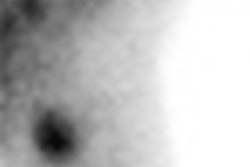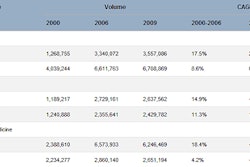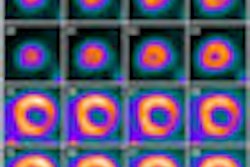Cardiologists have substantially increased their billing for services over the past decade, but nearly all of the growth has been in noninvasive procedures, such as noninvasive imaging using CT, MRI, and ultrasound, according to a study published online January 10 in Circulation: Cardiovascular Quality and Outcomes.
In their study, Dr. Bruce Andrus and Dr. H. Gilbert Welch from Dartmouth Medical School analyzed fee-for-service Medicare Part B claims for each year between 1999 and 2008 (about 30 to 32 million procedures per year), selecting claims from physicians whose specialty code was cardiology. The researchers grouped approximately 1,000 CPT-9 procedure codes into 45 specific service groups, which were then aggregated into three broad service categories: evaluation and management, noninvasive procedures, and invasive procedures.
Over the 10-year study period, claims from cardiologists increased 44% -- from 2,092 to 2,997 per 1,000 beneficiaries -- while allowed charges increased 28% after adjusting for inflation. Neither evaluation and management services nor invasive imaging procedures grew by much over the study period. Instead, the majority of growth was in noninvasive procedures, which saw a 70% increase in claims. The most dramatic increases in noninvasive procedures involved emerging imaging technologies such as cardiac CT, MRI, and PET, but most of the growth occurred in resting echocardiograms and nuclear stress tests, Andrus and Welch found.
"Most of the growth in services provided by cardiologists over the past decade is the result of increased noninvasive imaging," they wrote.




















